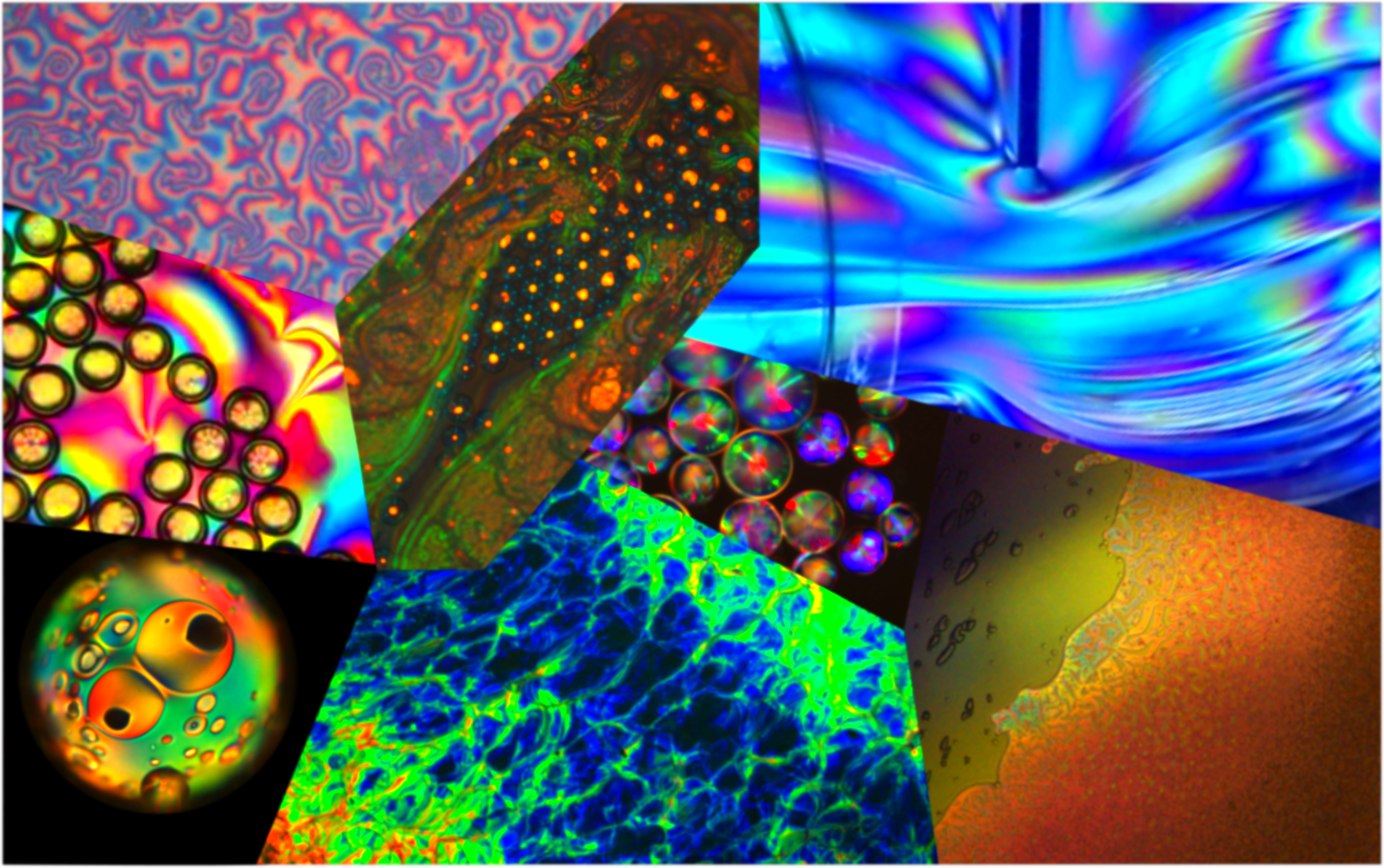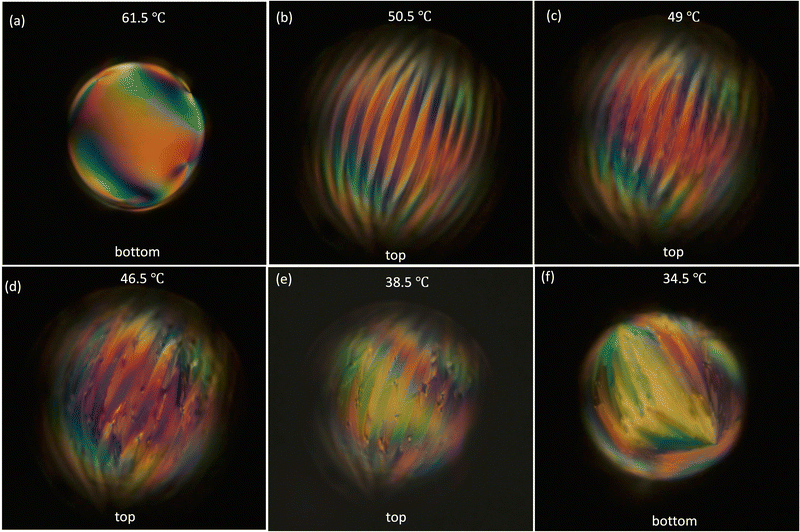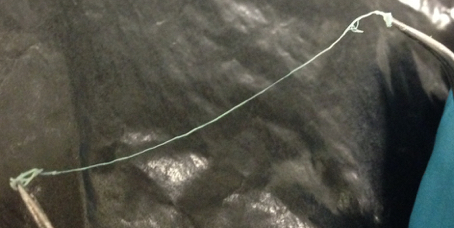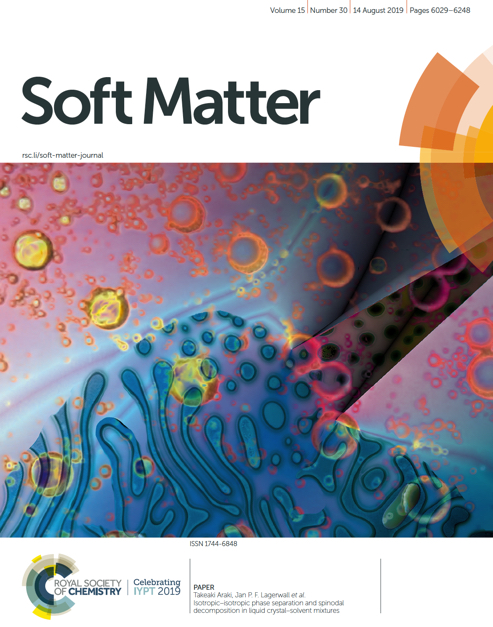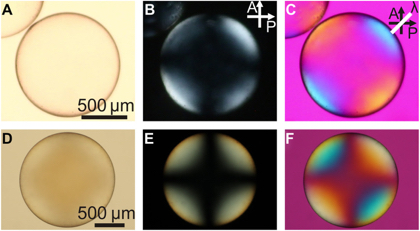27 March 2025
Congrats to Najiya and Jan for their recent publication, "
Oligomer-Derived Photoresponsive Liquid Crystal Elastomers with Biocompatible Operating Temperature", in
Advanced Optical Materials! In this work, they demonstrate liquid crystal elastomers capable of responding to light at temperatures close to body temperature, a step towards the aim of the ECLECTIC project of producing liquid crystal elastomer actuators for artificial vasculature. Accepted just in time for Najiya's recent PhD defense, it's now finally online for all to see.
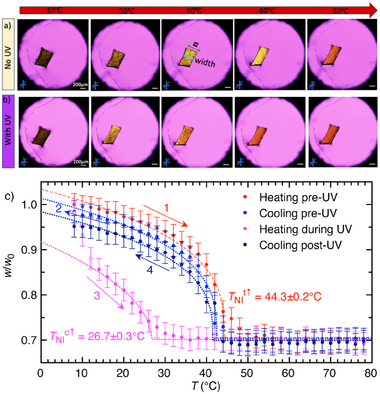
\LWH\
11 December 2024
Congratulations to Yansong, Jan, alumni Rijeesh and Hakam, and our collaborators in the Laboratory for Photovoltaics for their recent publication, "Arbitrary and active colouring of solar cells with negligible loss of efficiency", in Energy & Environmental Science! As part of the FNR-funded project LETZCOLOR, this recent work explores the use of polymerized liquid crystals to beautify solar cell panels without any cost to the performance of the panels.
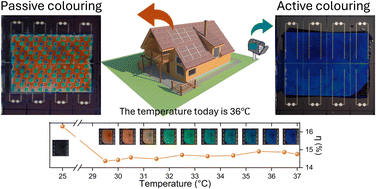
The article is free to access and read; a very nice way to end the year!
\LWH\
29 March 2023
Congrats to our alumni Anjali, Rijeesh and Jan for a
recent paper: Impact of mesogenic aromaticity and cyano termination on the alignment and stability of liquid crystal shells.
\ XM
07 August 2020
Many congratulations to JungHyun, Jan and the team for the recent paper "
Dynamic tuning of the director field in liquid crystal shells using block copolymers" published in Physical Review Research.

\AS
31 May 2020
Many congratulations to Catherine and Jan for the new article "
Disruption of electrospinning due to water condensation into the Taylor cone", published in
ACS Applied Materials & Interfaces. This paper has open access.
\AS
03 September 2019
Congratulations to Anjali, Jampani, and Jan on their new article published in Langmuir: "
Realignment of liquid crystal shells driven by temperature-dependent surfactant solubility"This is the study of nematic LC shells stabilized by temperature responsive surfactant. Study shows how one can change the alignment of LC just by varying the temperature. Click
here for the full article.
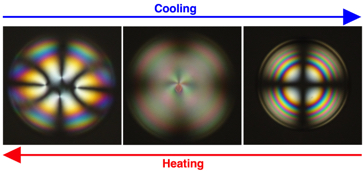
\AS
29 June 2019
Congratulations to Catherine and Jan on the new publication RSC's Soft Matter:
"Isotropic-Isotropic phase separation and spinodal decomposition in liquid crystal-solvent mixtures" experimentally & theoretically reveals evidence of coexisting isotropic phases in simple mixtures of ethanol, 5CB, and water. Even though the nematic LC 5CB is arguably the most studied commercial liquid crystal worldwide, for the first time this study highlights experimental evidence of spinodal decomposition and nucleation and growth occuring between two isotropic phases and a single nematic phase between this common compound and equally common solvents.
(Click the image below to visit the article:
All supplementary info is open access!)
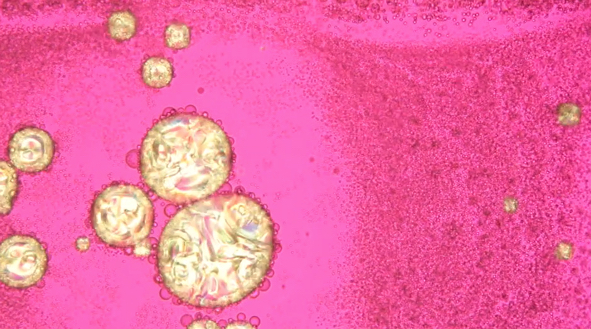
\AS\
19 September 2018
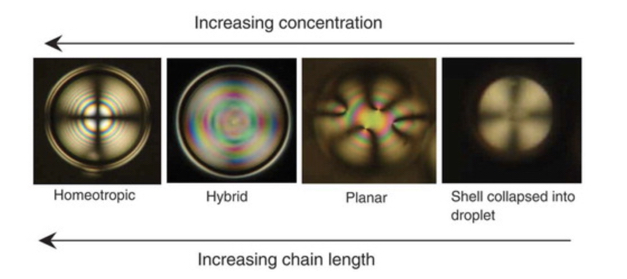
Congratulations to Anjali & Jan on the new publication in Liquid Crystals: "Influence of head group and chain length of surfactants used for stabilising liquid crystal shells"
This is the systematic study of the effect of different surfactants on Nematic LC shell, in terms of stability and alignment.
/AS/
01 September 2017
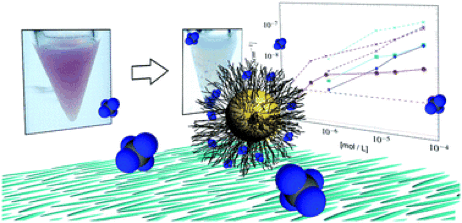
(click the above image to access the article online)
Congratulations to Martin on the publication in J. Mater. Chem. C of his dielectric spectroscopy study “Why organically functionalized nanoparticles increase the electrical conductivity of nematic liquid crystal dispersions”!
This paper gives a first systematic study of how and why nanoparticle doping raises the electrical conductivity of thermotropic liquid crystals like the commonly studied 5CB. By a careful analysis of the dielectric spectra, he shows that the hydrodynamic radius of the ionic charge carrier is much smaller than the nanoparticles, ruling out the particles themselves as the source of conductivity. The ligand molecules are also not the reason, as is demonstrated by strong sonication of the dispersions, such that the ligands detached from the nanoparticles. While this causes nanoparticle aggregation and the loss of suspension stability, the effect on conductivity is negligible. The ligand shell is, however, partially responsible, because the ions giving rise to the conductivity increase are most likely remnants from the ligand-functionalized nanoparticle synthesis process. We propose that these ions are brought in with the ligand shell when the particles are dispersed in the 5CB. Interestingly, the ions appear not to be released in an isotropic and aromatic solvent such as toluene, which is often the host for commercial gold nanoparticle suspensions, but 5CB is an ideal host for their dissolution. The aliphatic ligand shell has a higher compatibility with 5CB than with toluene, thanks to the alkyl tail of 5CB, and at the same time the high polarity of the 5CB (due to the cyano group) allows better ion dissolution than in regular hexane. Finally, the nematic order of the 5CB solvent provides an anisotropic environment in which the ligands are stretched out preferentially along the director, making release of ligand-bound ions to the solvent more likely.
/JL/
28 May 2015
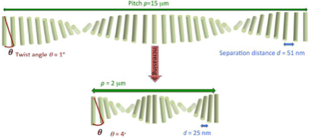
A new result from our fruitful collaboration with Stockholm University on cellulose nanocrystal suspensions appeared as an ASAP article in Langmuir today. It contains the best measurements of helix pitch in
equilibrium cholesteric suspensions to date, based on a combination of x-ray and optical diffraction measurements. You can
find the paper here.
29 August 2014
A beautiful study by Dae Kyom, demonstrating how capillary forces from water condensing on the outside of fibers during electrospinning can drastically influence the shape and core content of the fibers, is now published as an article in
ACS Applied Materials & Interfaces,
6,
18, 16441−16447 (2014). You can
find the paper here (subscription required).
03 April 2014
For a special issue of
ChemPhysChem on the physical properties and behaviour of liquid crystals, we
published a study on how the orientation and pitch of the helix in films formed by drying cholesteric liquid crystalline suspensions of cellulose nanocrystals (CNC) can be controlled with high accuracy based on a few simple considerations. The first point is that tactic boundaries, always present if one starts with suspensions that are in the phase coexistence regime, randomize the orientation of the helix, thereby giving rise to the irregular mosaic texture (left) often seen when drying films from low concentration CNC suspensions. By simply raising the concentration such that the initial suspension is fully liquid crystalline, a film with uniformly standing helix and much more uniform pitch can be achieved (right). Moreover, we show that an orbital shear flow can have a good effect in orienting the helix even when tactoids cannot be avoided. The work is a collaboration with the LC Nano lab of Prof. Giusy Scalia and the group of Prof. Lennart Bergström at the Materials and Environmental Chemistry Department of Stockholm University.
You can find the paper at the ChemPhysChem web site here. Unfortunately, we could not include color images in the final version of the paper, so be sure to also download the Supporting Information file, which contains all images in color version (the color is important for the discussion).
Note: if you want to learn more about liquid crystals from CNC, please
check out our recent review article (open access!) in NPG Asia Materials.
